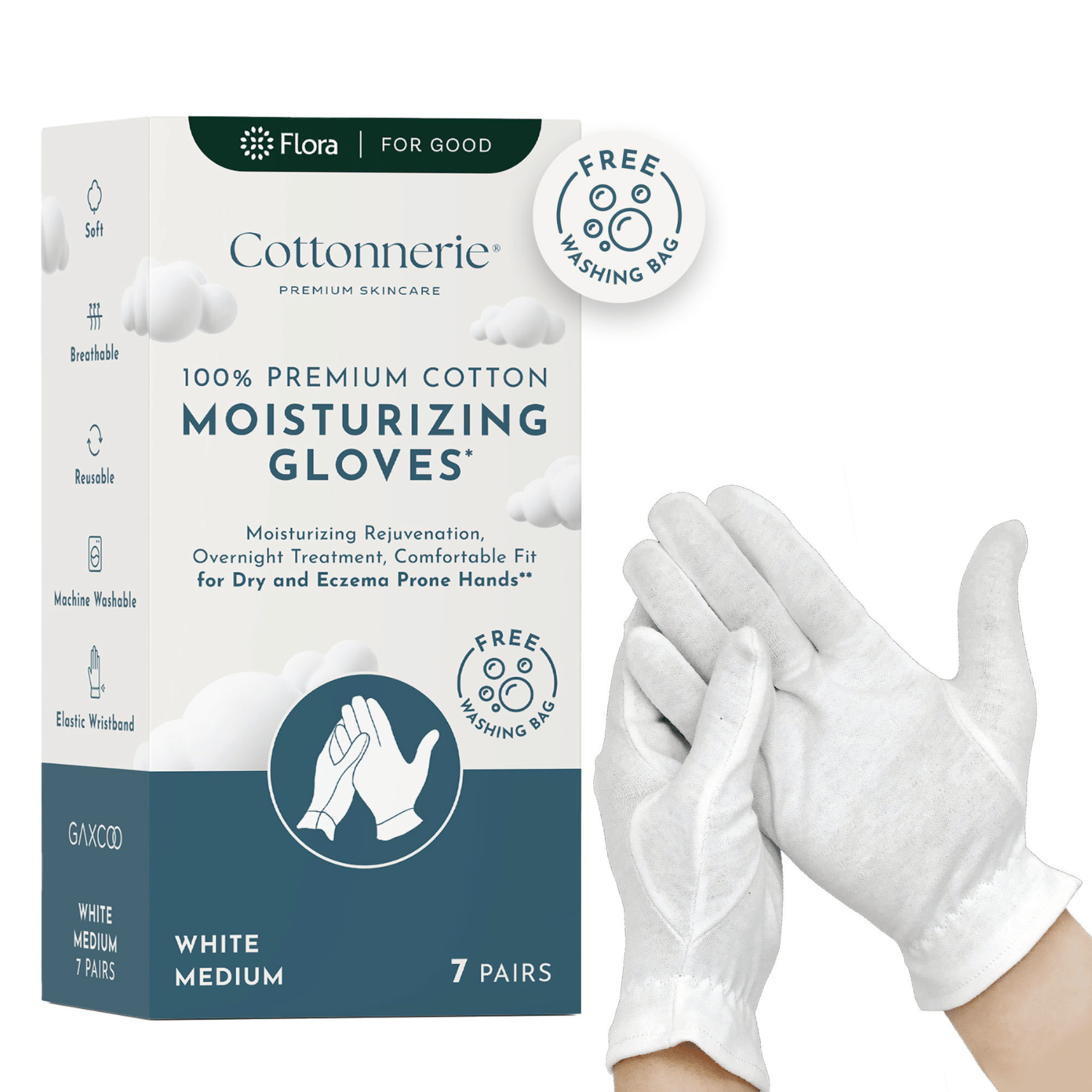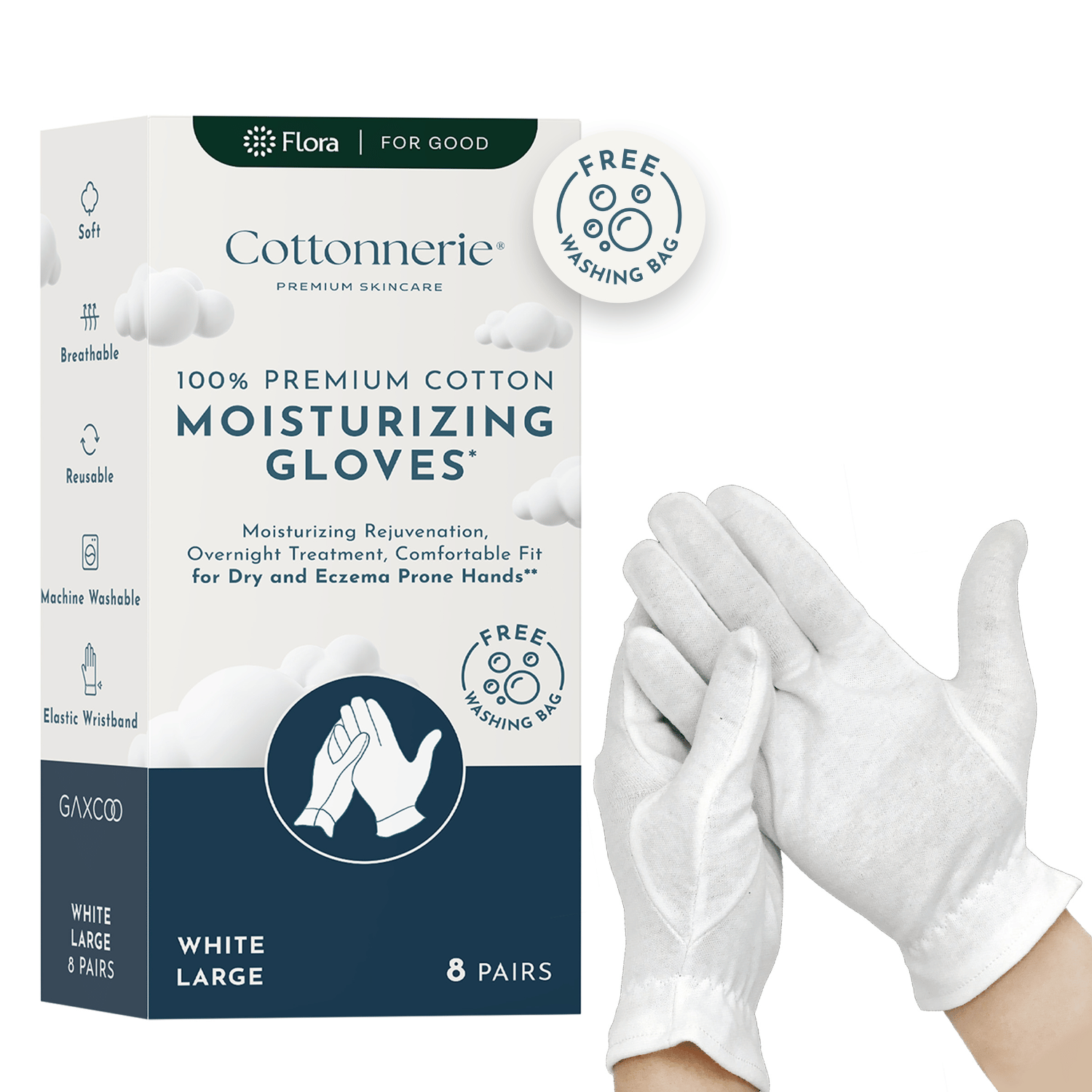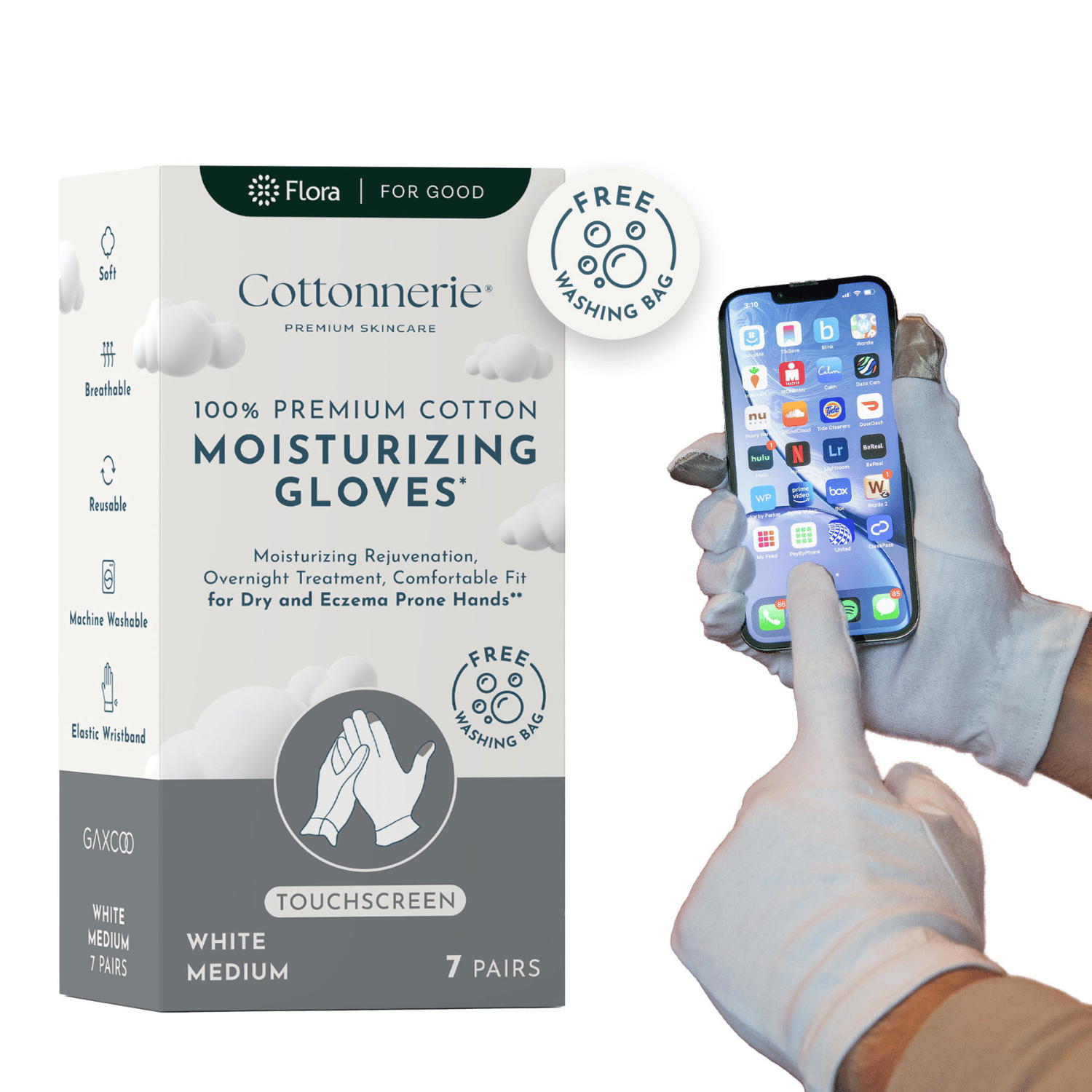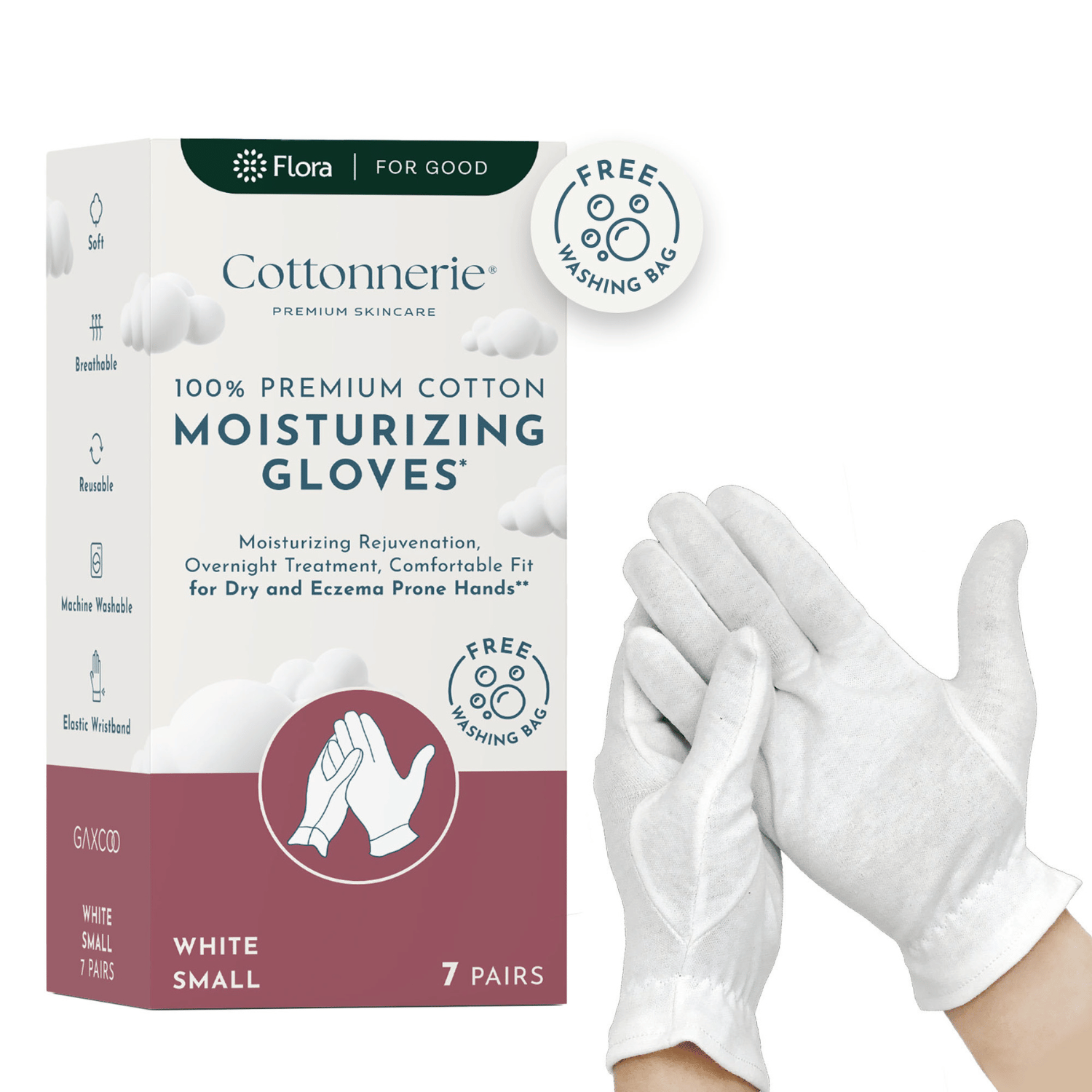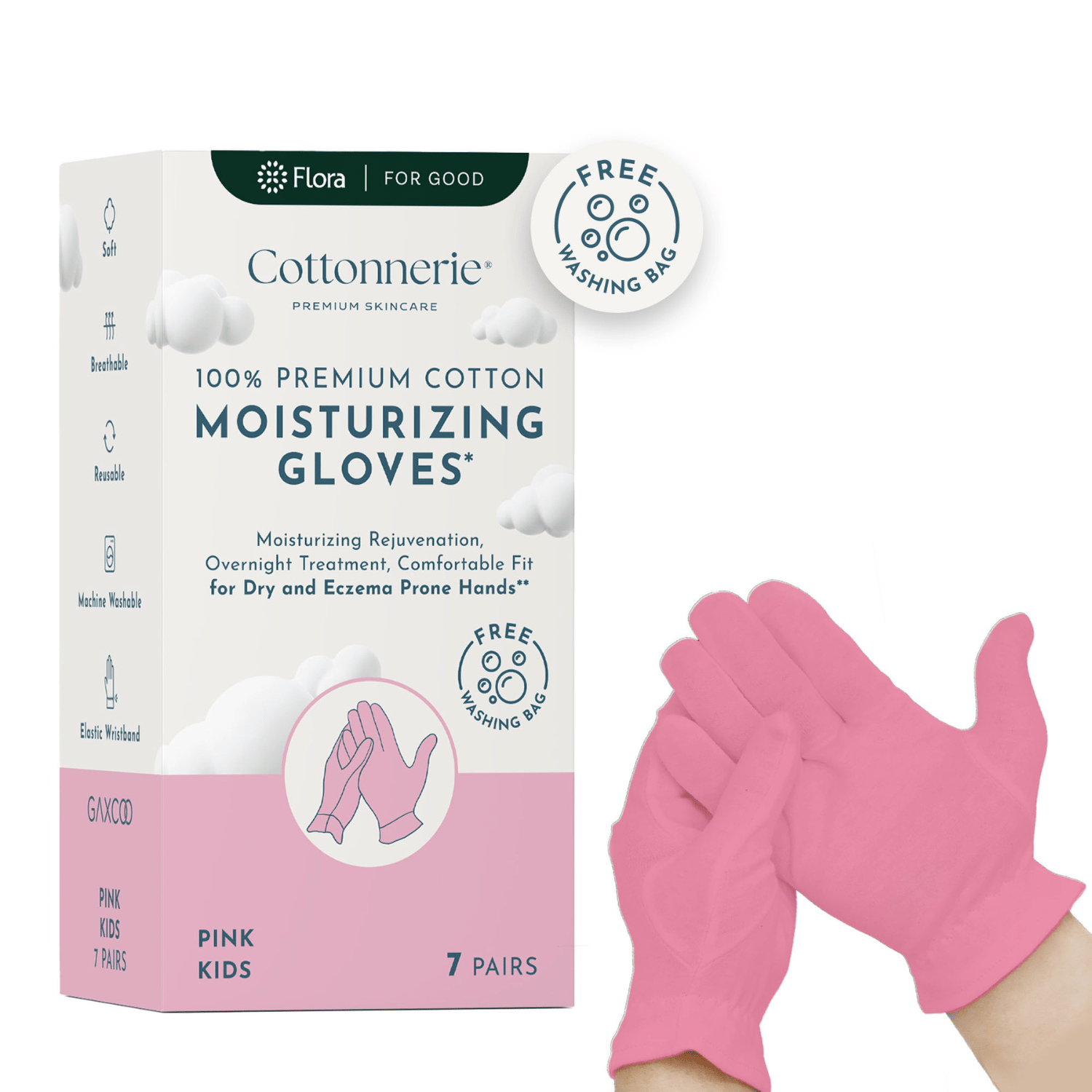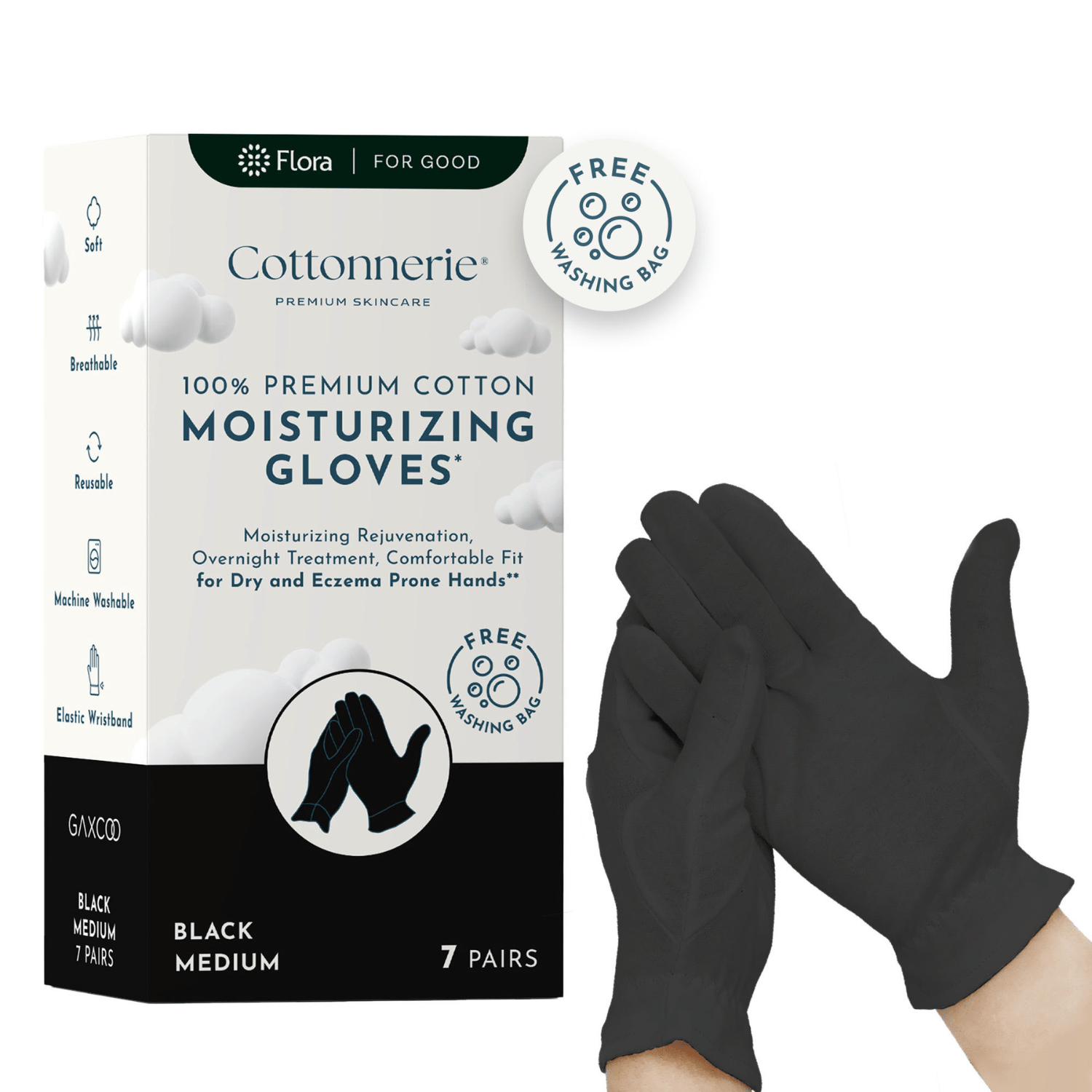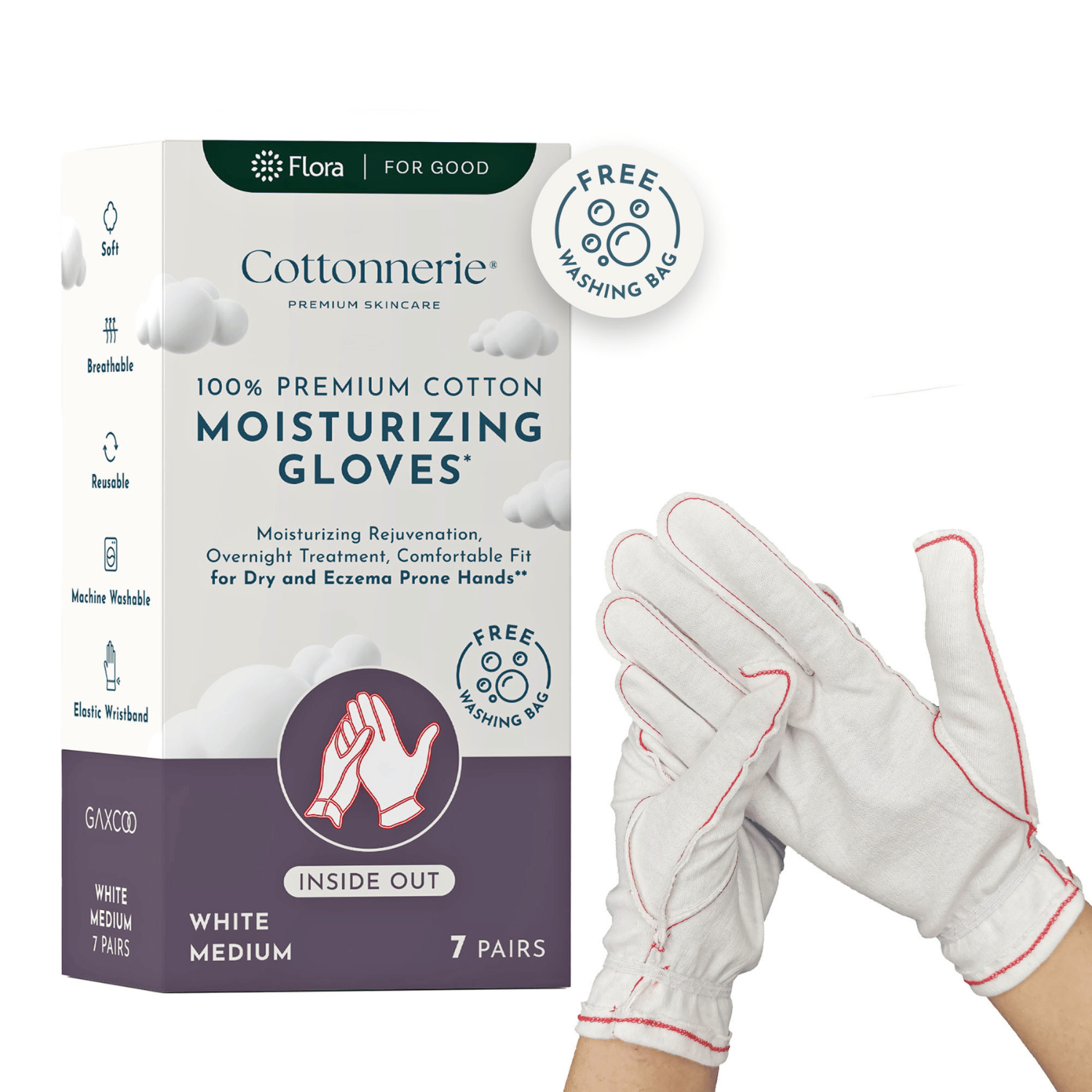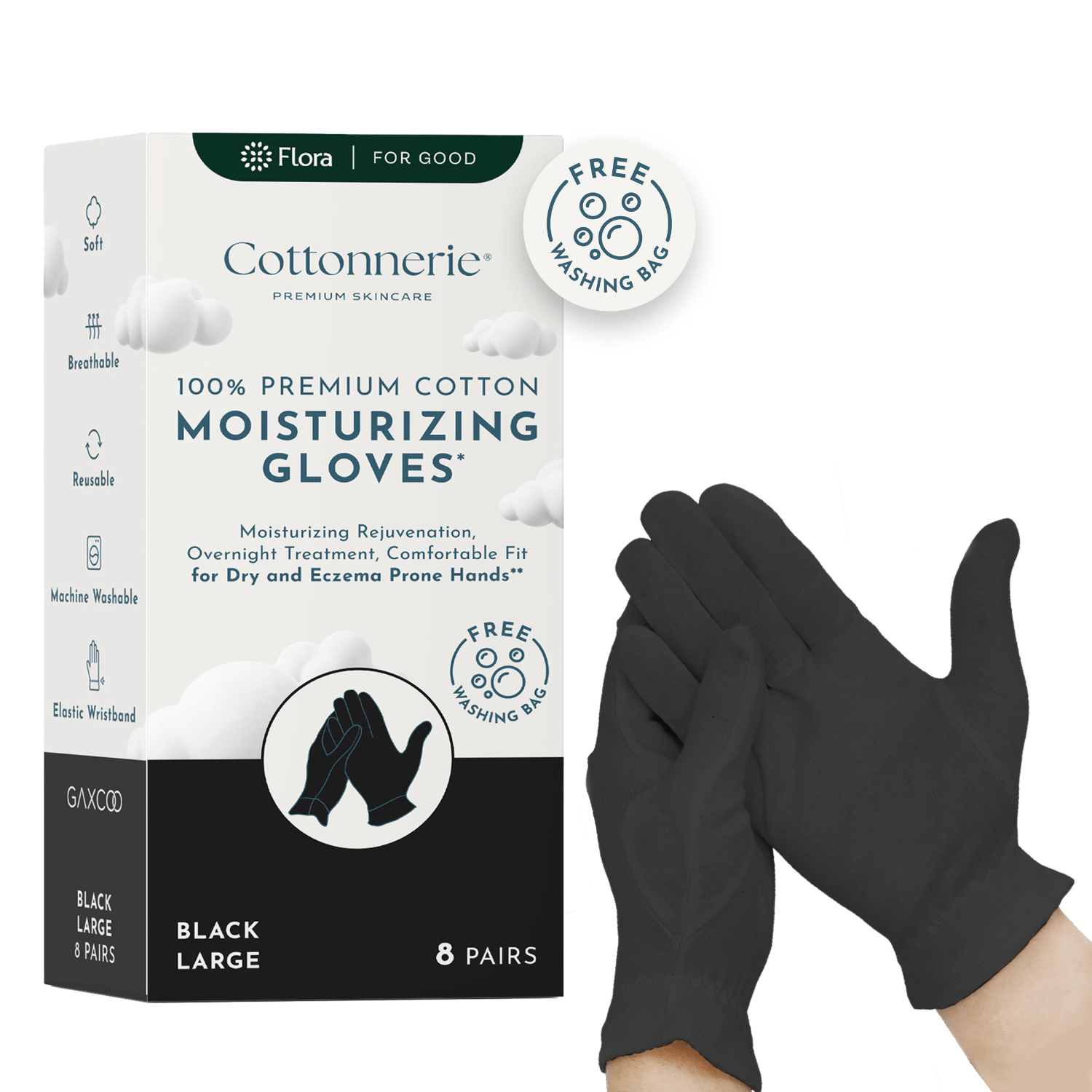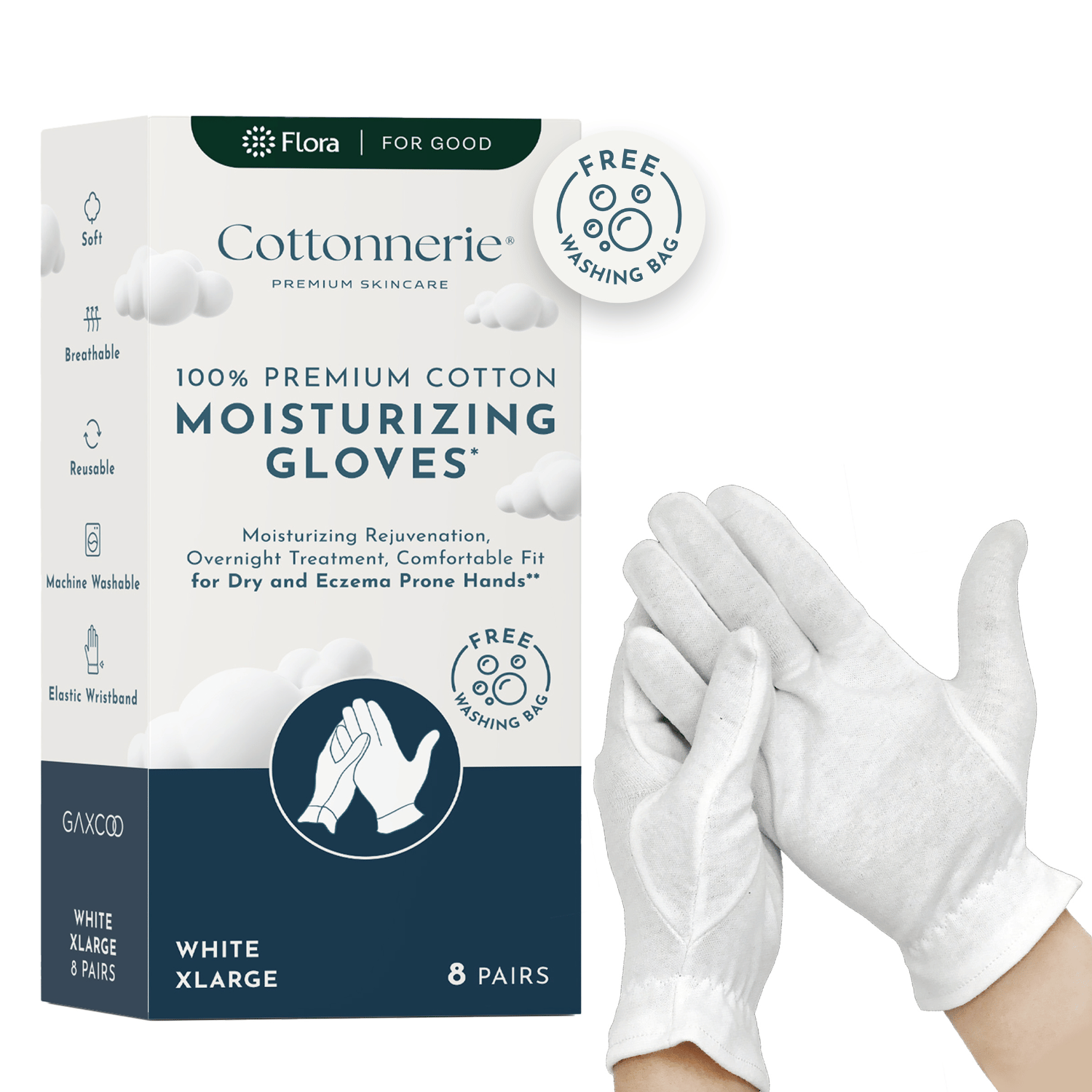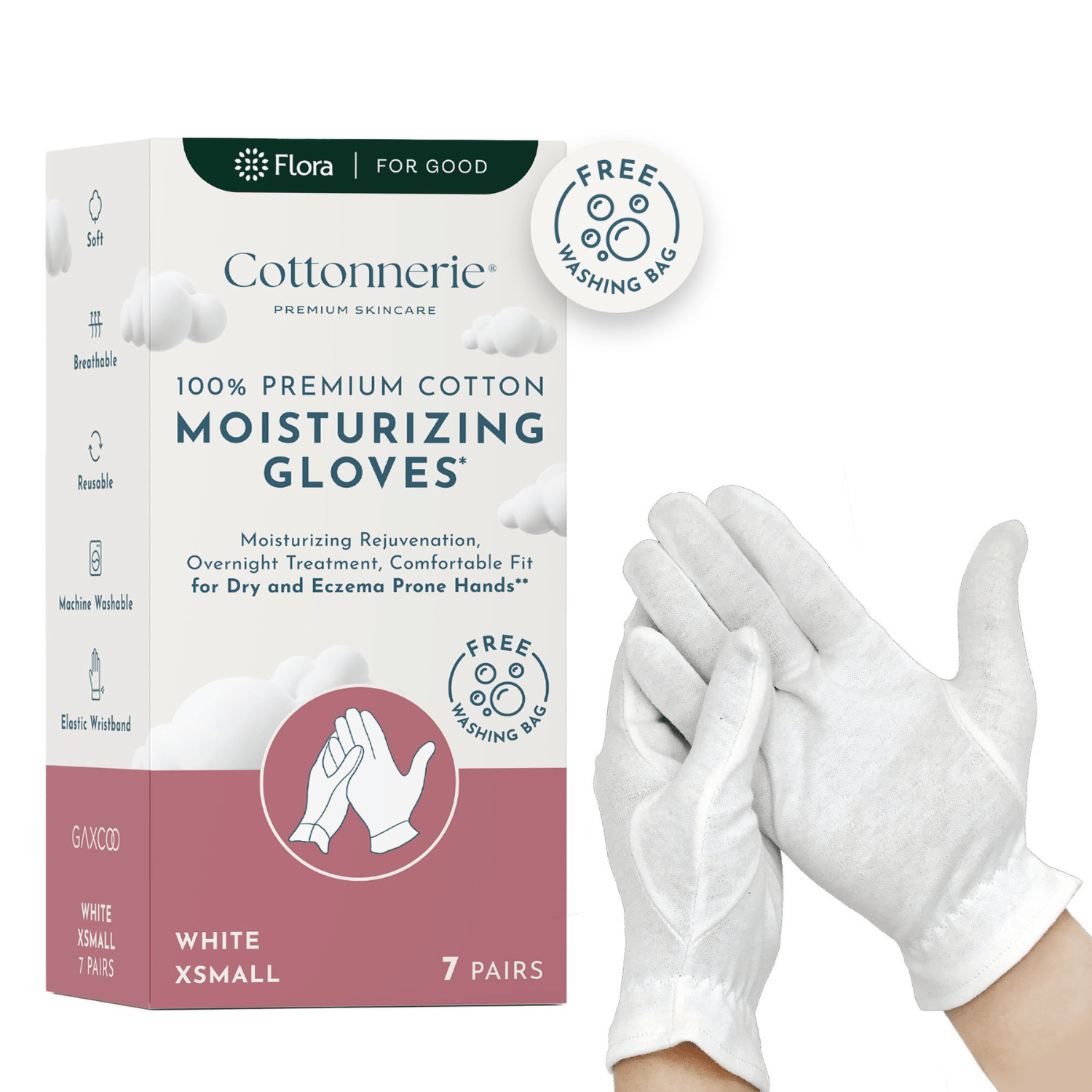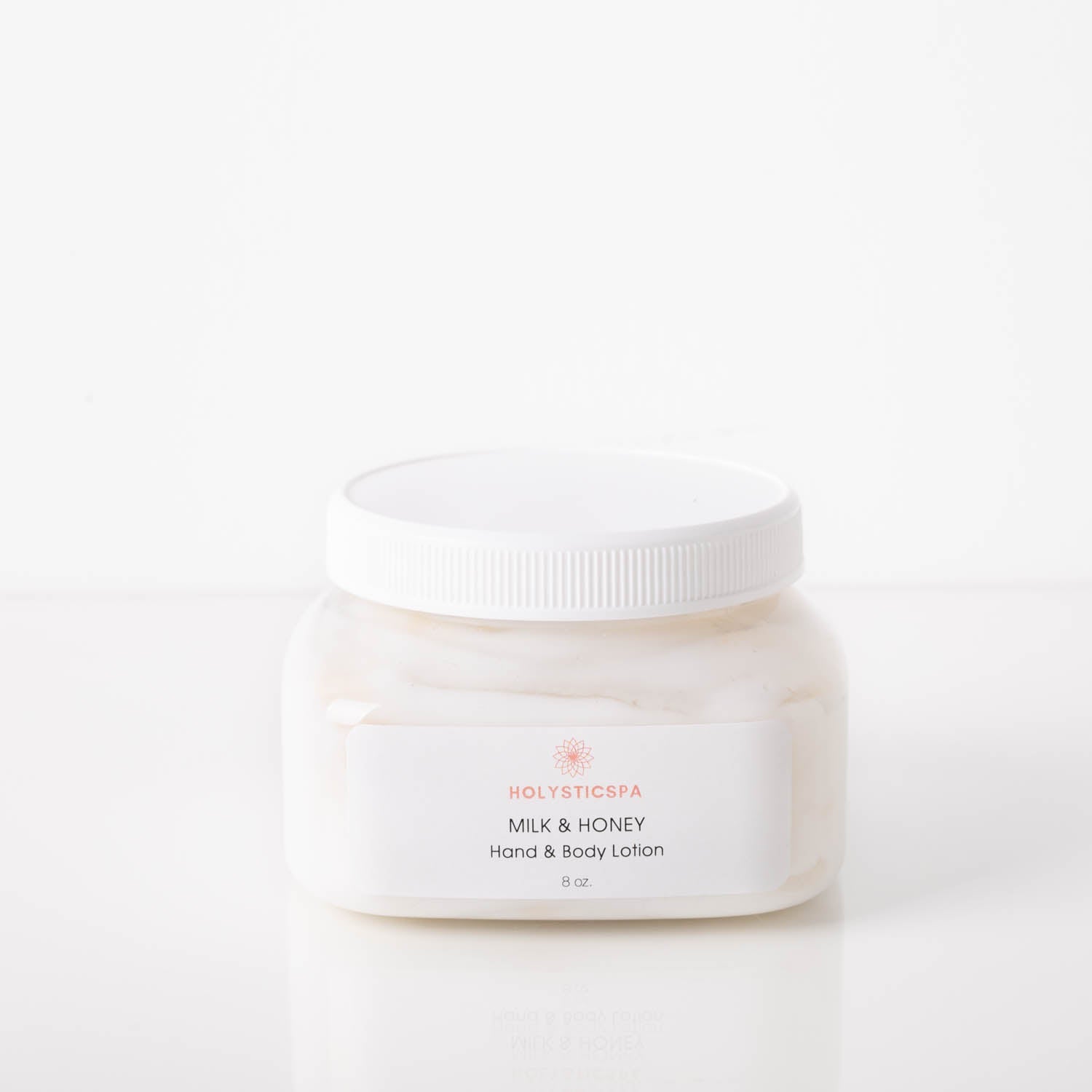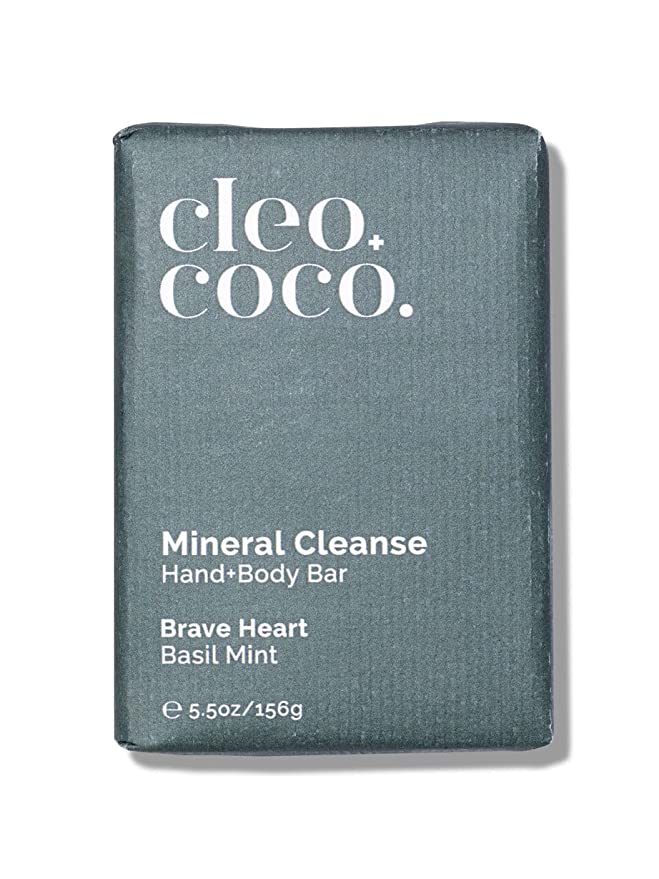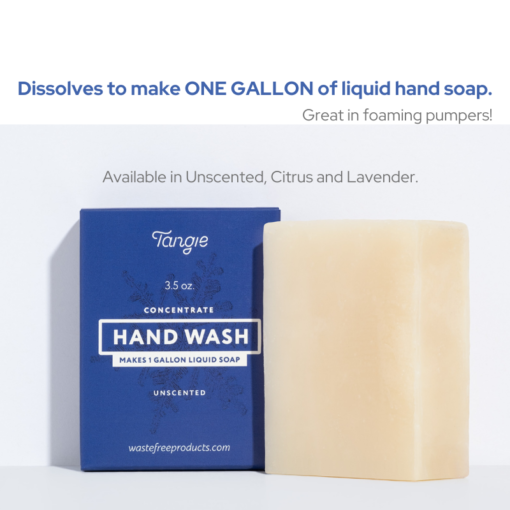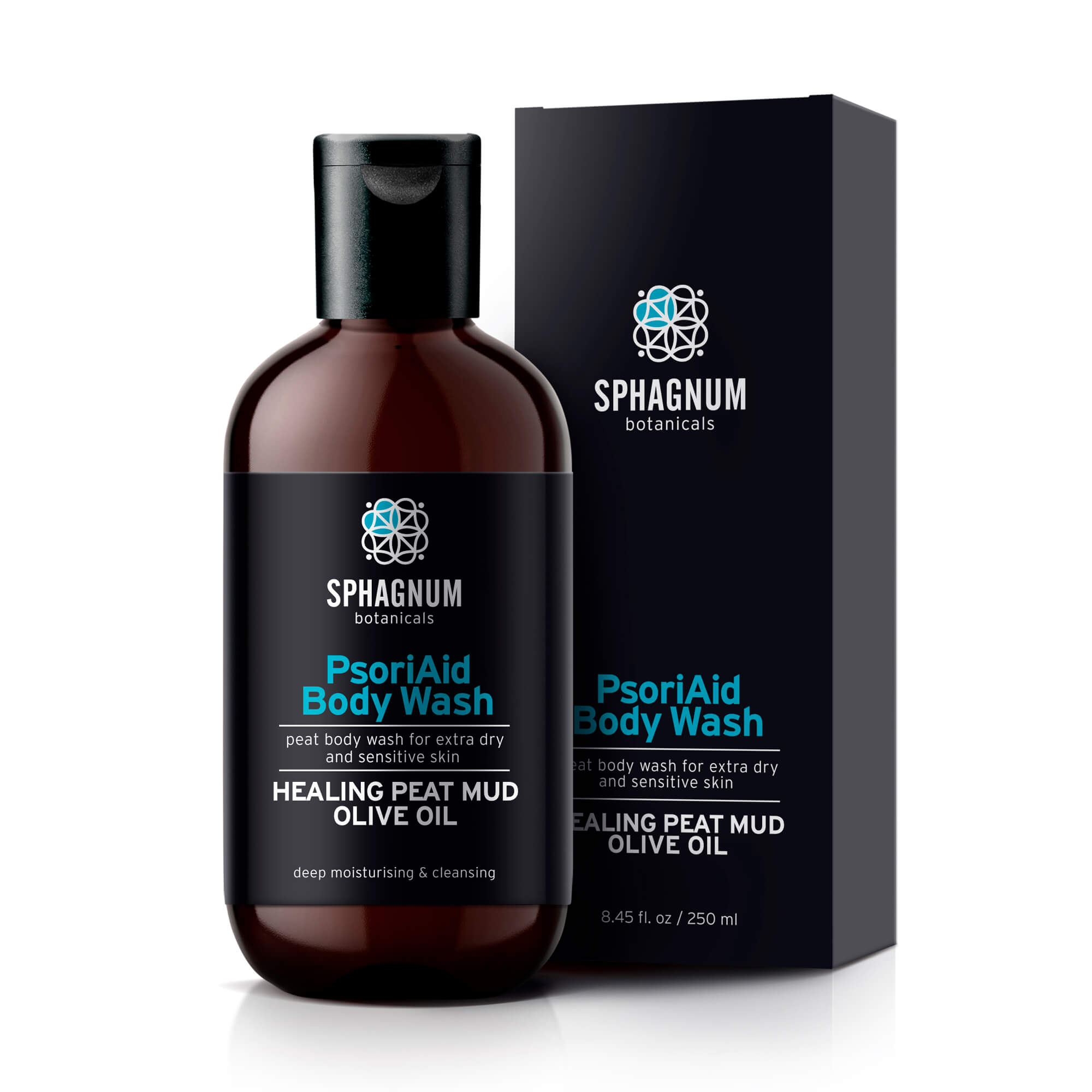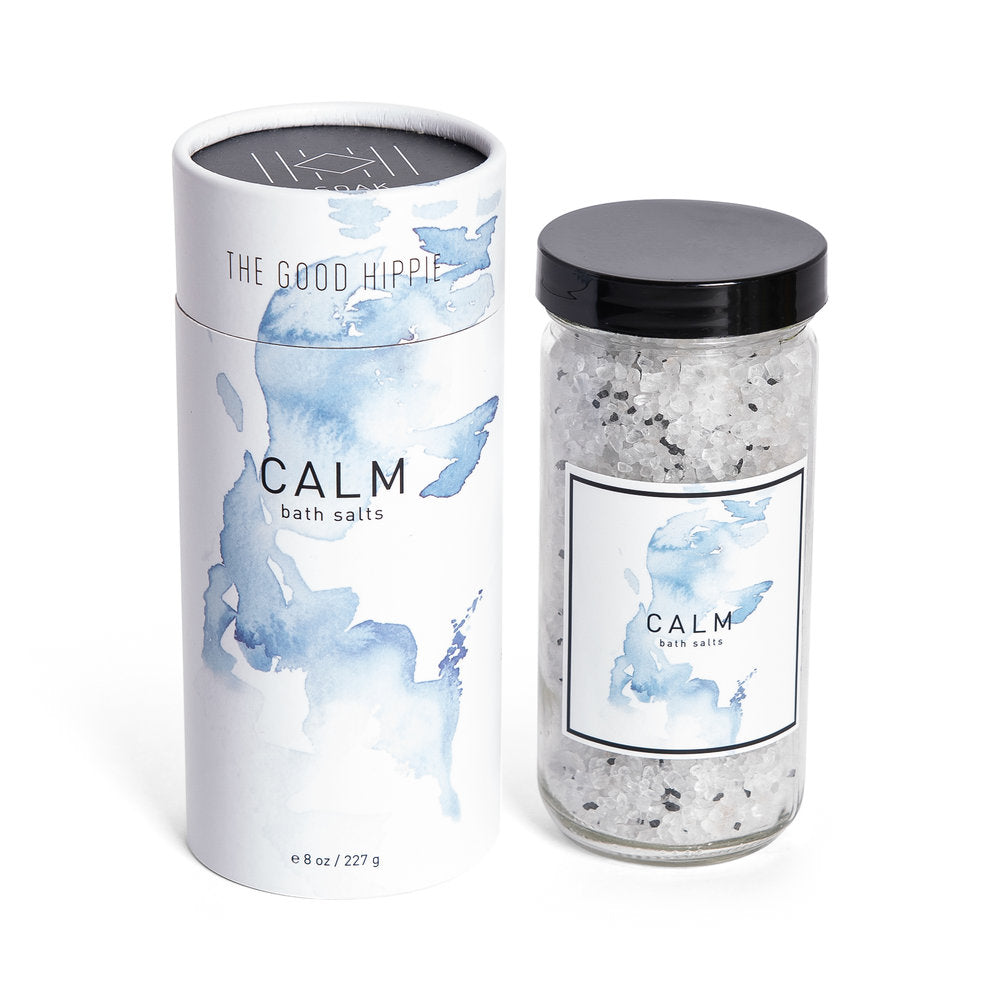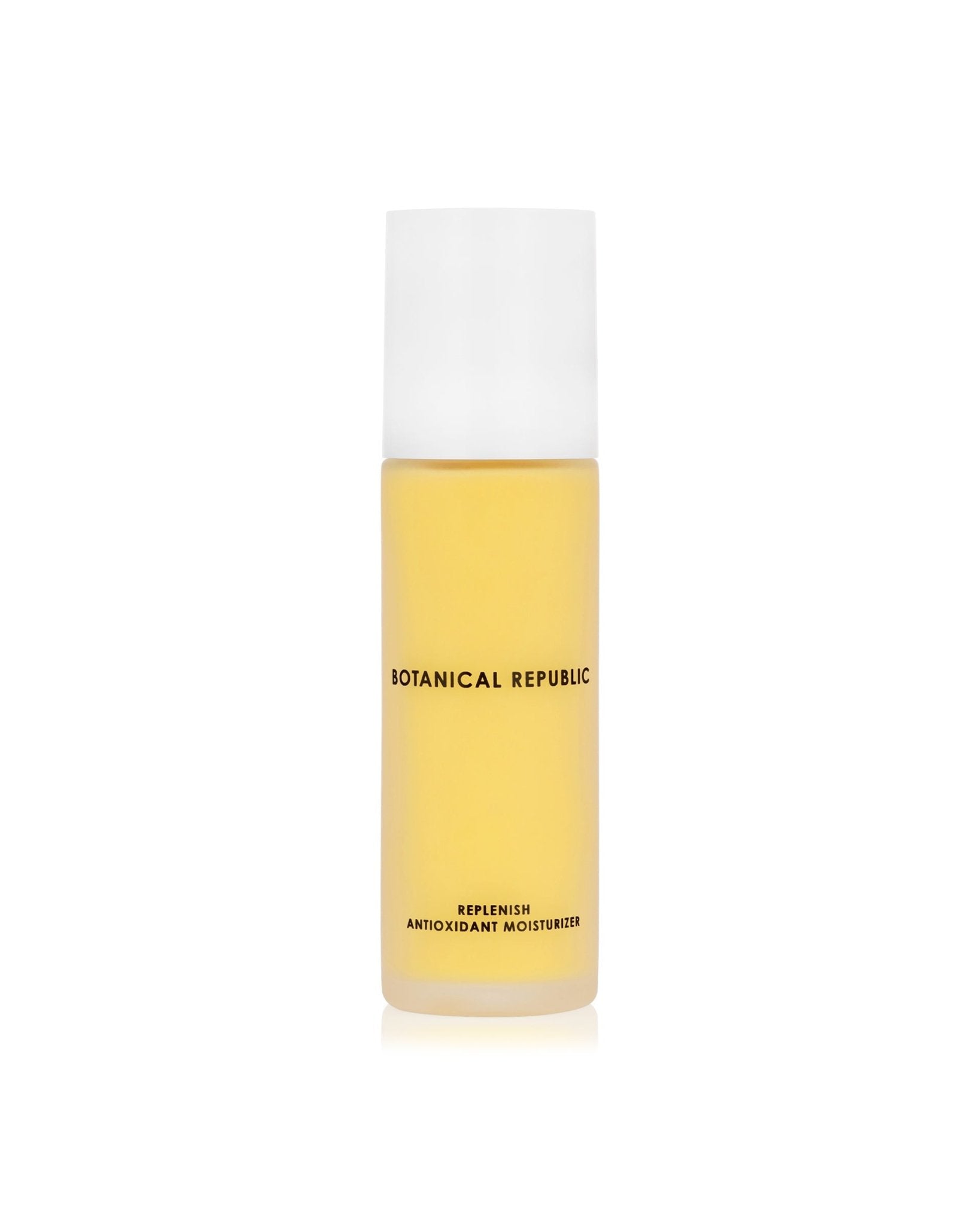
Premium Handcare Essentials For Every Need
From the Cottonnerie Community
Genuine Voices
Catherine H.
Overnight Moisture
Great for keeping dry hands moisturized overnight and very comfortable. Truly one of my best buys in a while!
Tom B.
Eczema Relief
These gloves work great for my eczema and help me avoid scratching at night. Big difference in the morning!
Ella M.
Eco-Friendly Gloves
I've tried many gloves, but 100% cotton ones are a game-changer. They fit my hands perfectly, and I love knowing they're eco-friendly.
Mia K.
All-Night Comfort
Sleeping with these on has transformed my mornings. My hands feel soft and rejuvenated, no more dry patches.

About Us
Meet Cottonnerie
Born from a personal struggle with dry hands and eczema, Cottonnerie 100% Premium cotton gloves were developed with dermatologists to provide moisturizing comfort for dry hands and eczema prone skin.
Discover
Explore Hand Wellness Guides, Insights & Tips

The 3-Minute Rule: A Heartfelt Strategy for Eczema Relief
Embrace lasting relief and protection today with our expert guide to eczema care. Discover the transformative power of the 3-Minute Rule, gentle cleansing tips, targeted treatments, and the importa...

Embrace Hand Wellness: Your Complete Guide to Caring for Dry & Eczema Prone Hands
Embark on a journey to achieving and maintaining optimal hand wellness with our holistic guide designed for dry, sensitive, and eczema-prone hands. Discover the transformative benefits of cotton gl...

Finding Your Perfect Fit: How to Use Moisturizing Gloves
Delve into sustainable skincare with our guide on using 100% cotton moisturizing gloves, essential for repairing and hydrating dry, eczema-prone hands. Discover how these hypoallergenic and breatha...

Join the Flora Movement.
Embark on a sustainable journey towards a better future with high quality eco-friendly products from mission driven brands.
Learn More







